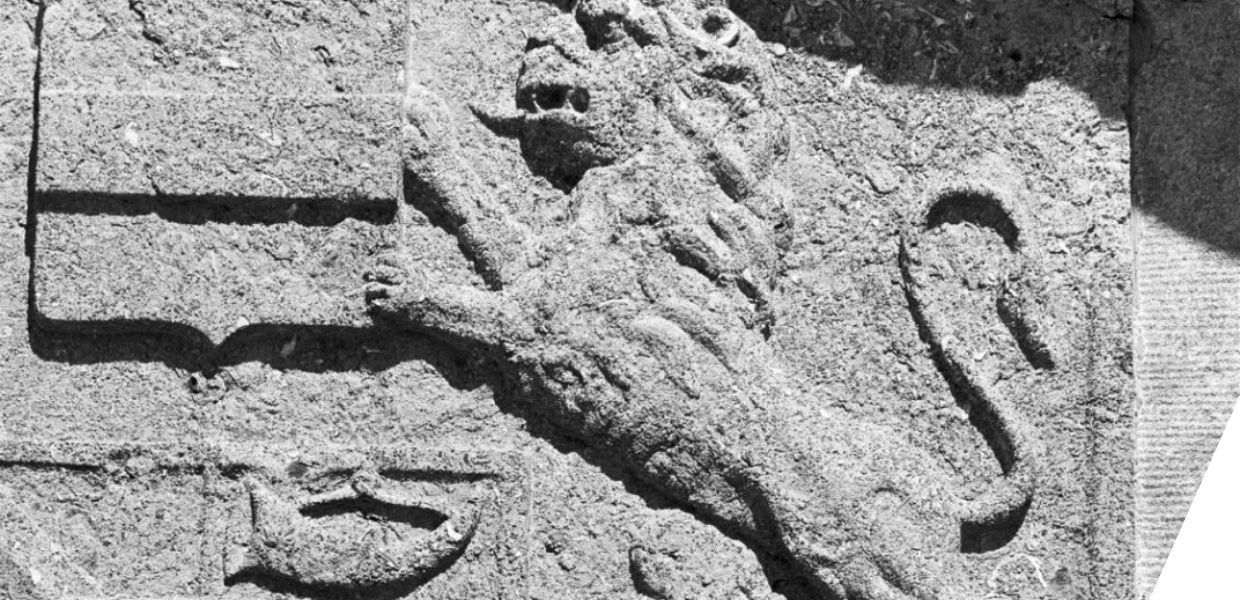Building a common European data space for cultural heritage where data can be easily shared for reuse requires organisations that create data infrastructures to rely, as much as possible, on unique and persistent identifiers.
As the steward of the data space, Europeana Foundation, together with the 18 consortium members, is investing resources in reviewing the adoption and implementation of persistent identifiers in the cultural heritage sector. Read on to discover what persistent identifiers are, how we are doing this, and how you can get involved.
What is a persistent identifier?
A Persistent Identifier (PID) is a globally unique and long-lasting reference to potentially any sort of digital or non-digital entity, providing the information required to reliably identify, verify, locate and access it. They ensure that the digital entity is ‘set in stone’ and can always be findable through that identifier.
Examples of PIDs are Archival Resource Key (ARK), Digital Object Identifier (DOI), National Bibliography Numbers (NBN), Persistent Identifiers for eResearch (ePIC), among others.
To see how they work in practice, take, for example, the Mona Lisa (La Joconde). The painting is identified by an ARK persistent identifier, ‘ark:/53355/cl010066723’. If this persistent identifier is entered into relevant software (in this case, it can be resolved via the N2T global resolver to ‘https://n2t.net/ark:/53355/cl010066723)’ it then presents the webpage from the Louvre where the digitised object is presented alongside its digital representations. La Joconde will always be identifiable and findable on the web through this identifier.
Why are persistent identifiers important for the data space for cultural heritage?
Persistent identification sits at the foundation of the FAIR principles which stand for Findable, Accessible, Interoperable and Reusable. The adoption of persistent identifiers by cultural heritage institutions with digital collections shows commitment towards interoperability and data access that in turn builds trust in the institution and the data it creates. Adoption of persistent identifiers will also support the dissemination and reuse of cultural heritage objects, helping to make them more accessible to audiences across the data space.
Not assigning persistent identifiers to digitised cultural heritage objects can also have a negative impact. The most common manifestation of the absence of a persistent identifier strategy are broken links which, besides affecting all forms of (re)use, also negatively impact the traffic towards the institution’s website and its SEO ranking amongst search engines.
Your input is key
We want to establish a consolidated and more robust persistent identification framework for the data space, and to do that, we need to understand your practices and activities towards the creation and management of persistent identifiers. Easier access to cultural heritage data, interoperability within and beyond the data space, discovery and reuse of cultural heritage data depend on it!
If you work in the technical or operational teams of a cultural heritage institution, and know how your institution manages identifiers for digitised objects, or if you are running an aggregation service, we invite you to take approximately 15 minutes to answer our survey. Please also share it with other colleagues that are most involved in this work.
The deadline for survey responses is 30 June 2023. Thank you in advance for your participation!



